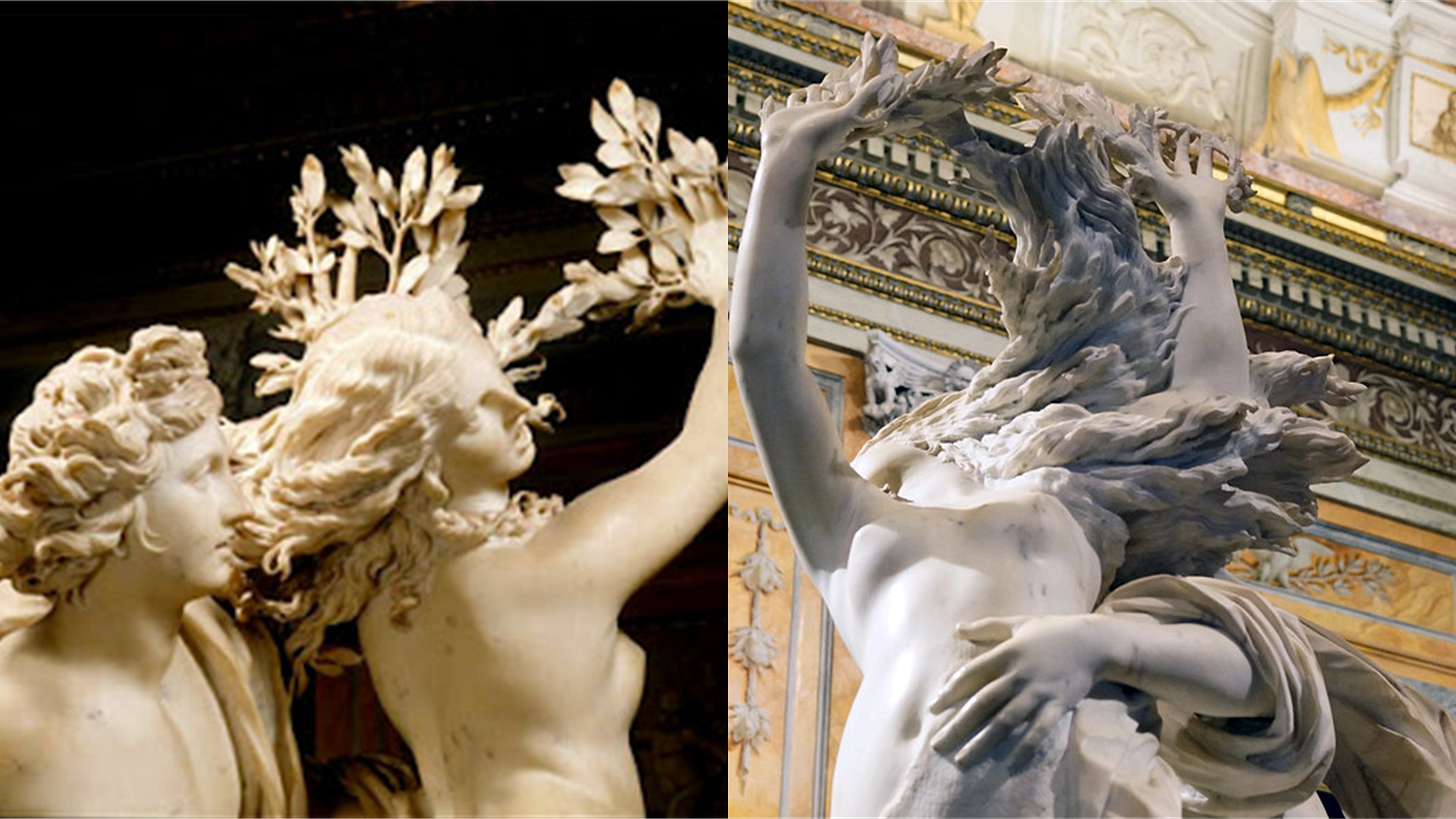Teach Inductive Reasoning, History, Literature, Geology, & Art with Bernini's Greatest Sculpture
Most children are exposed to the same ideas in the same ways.
Multidisciplinary study teaches children how to think in new and creative ways. One of the best ways to do this is with a unit study that focuses on a single topic or idea. On Ahimsa we’ve done this with topics like Japan and the Hagia Sophia. Today, we’ll do it with the achingly beautiful Apollo and Daphne by Bernini. This was the first sculpture that I fell in love with. So of course I want my children to be entranced as well. We can’t quite get to it in person yet so I crafted this lesson which was a huge hit with my kids. I hope it will be the same for yours.
NOTE: I encourage a lot of Socratic discussion in this post because it is the foundation for critical thinking. If needed, you might enjoy my workshop on how to teach with the Socratic method.
Masterpiece Lesson Plans are a paid members exclusive. Upgrade here.



